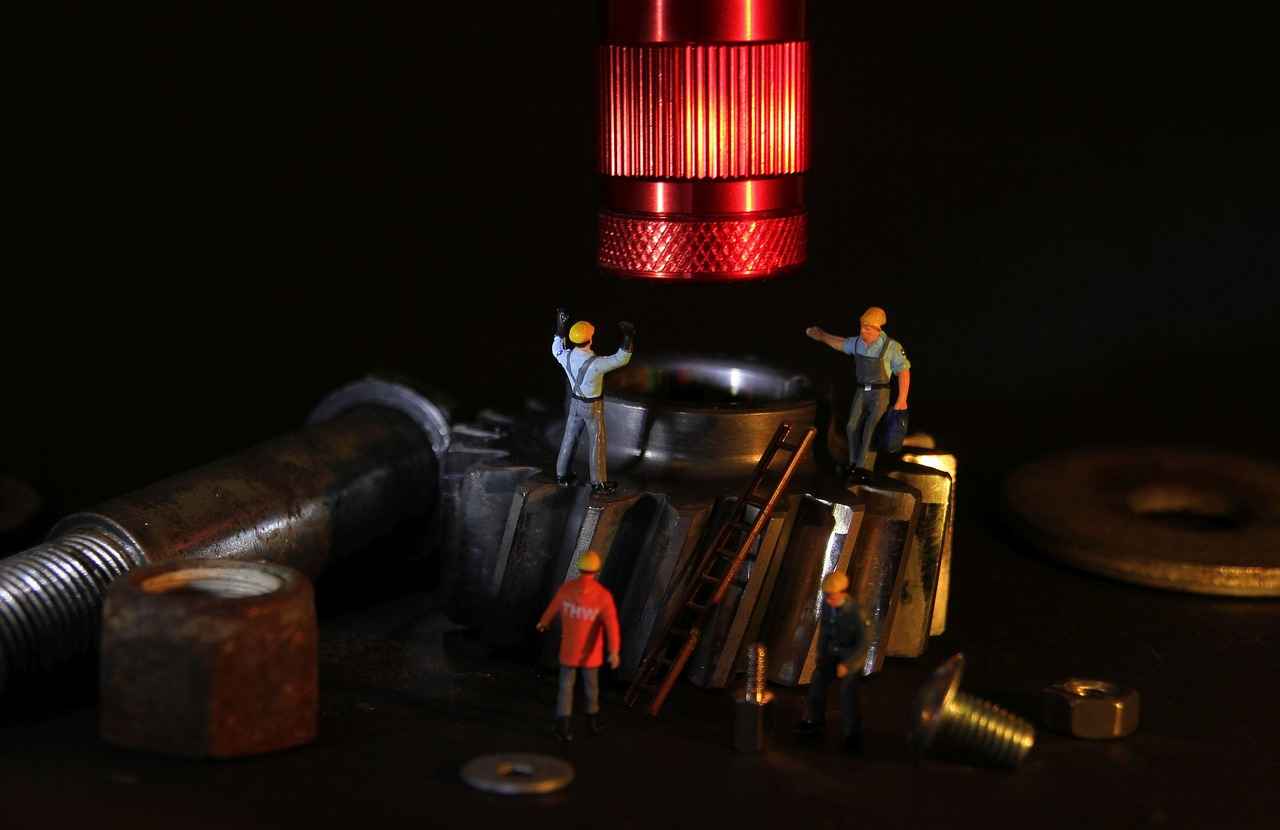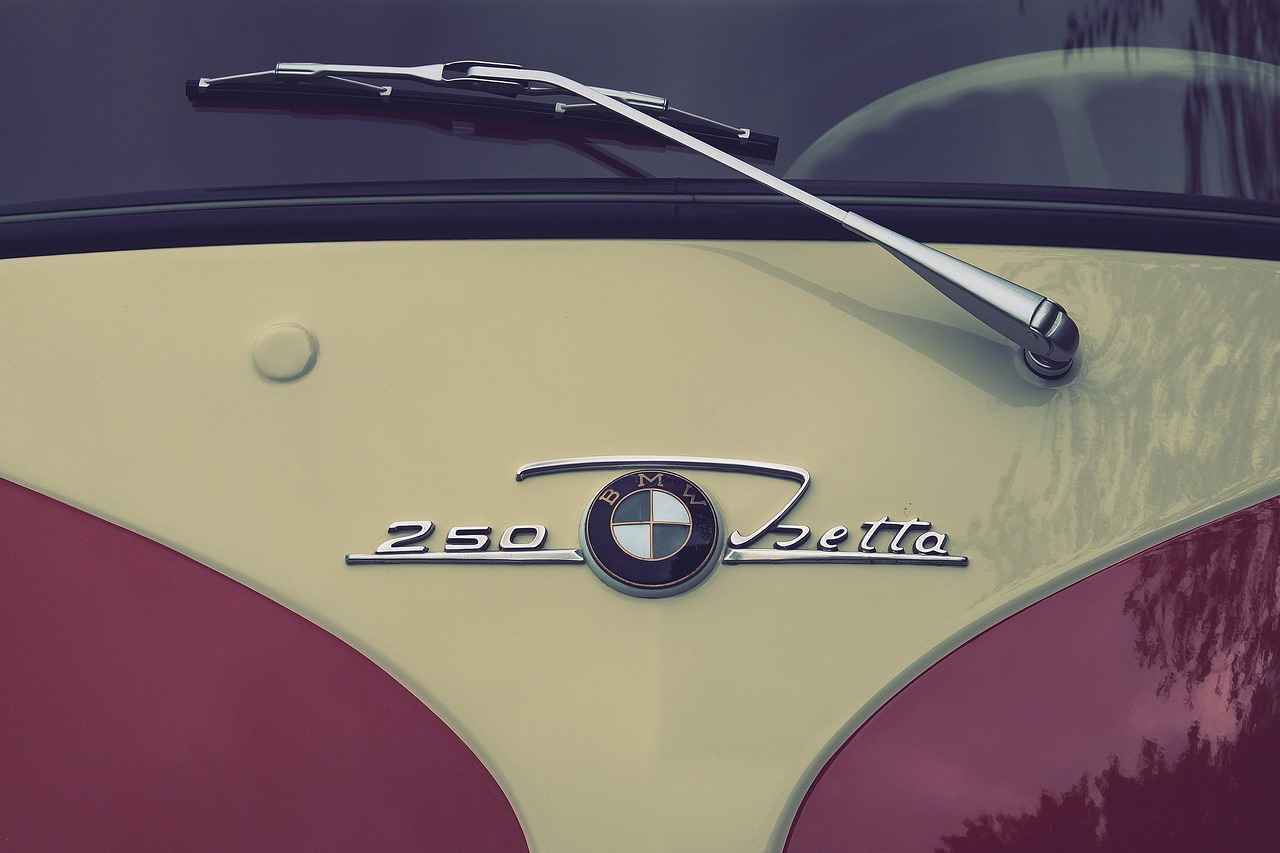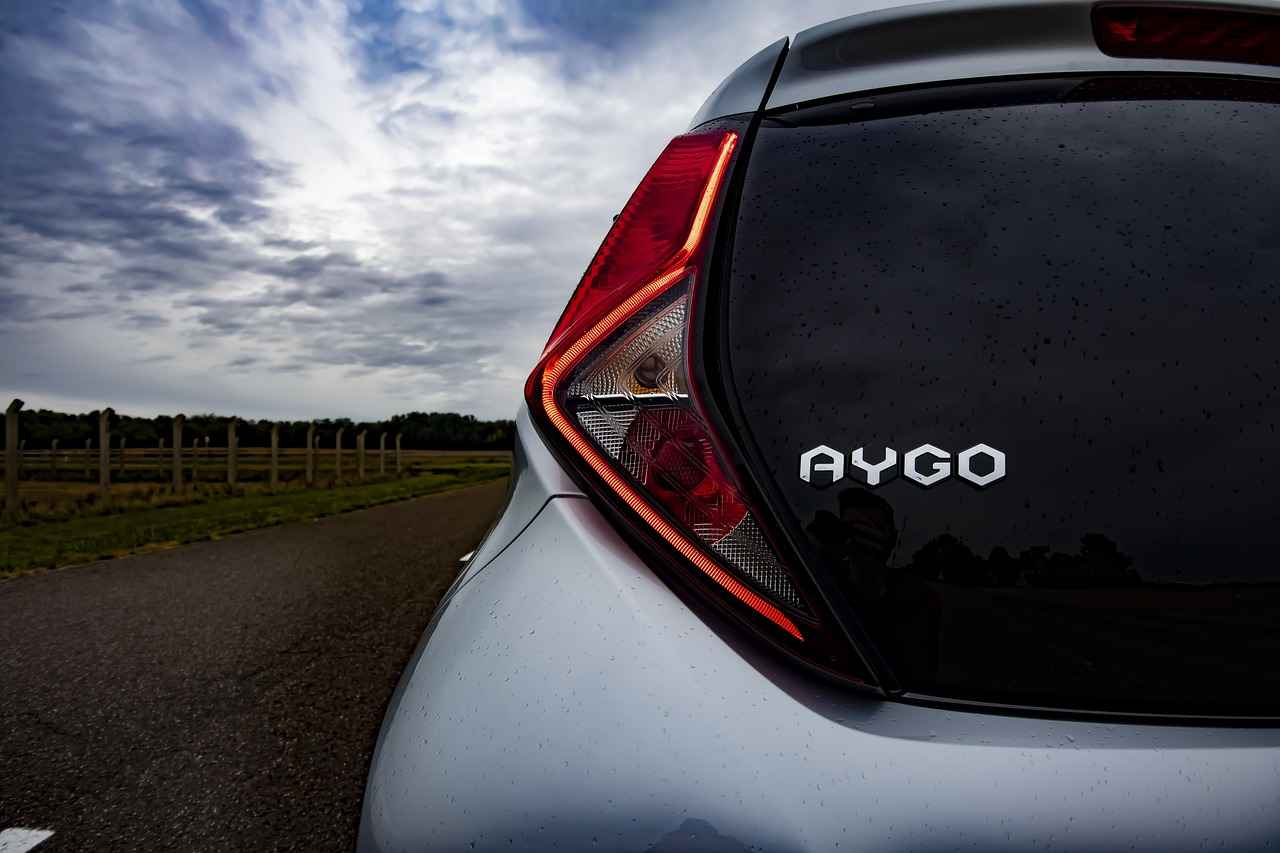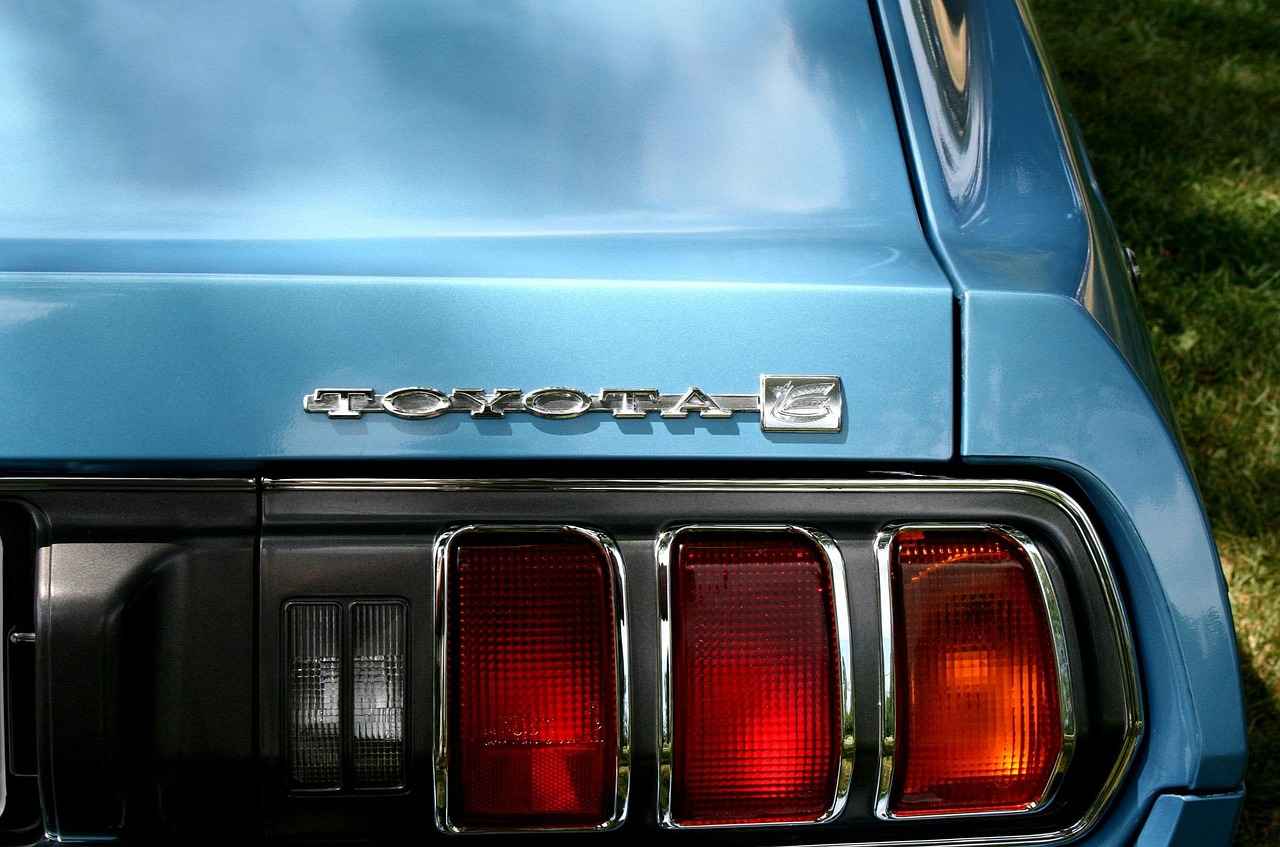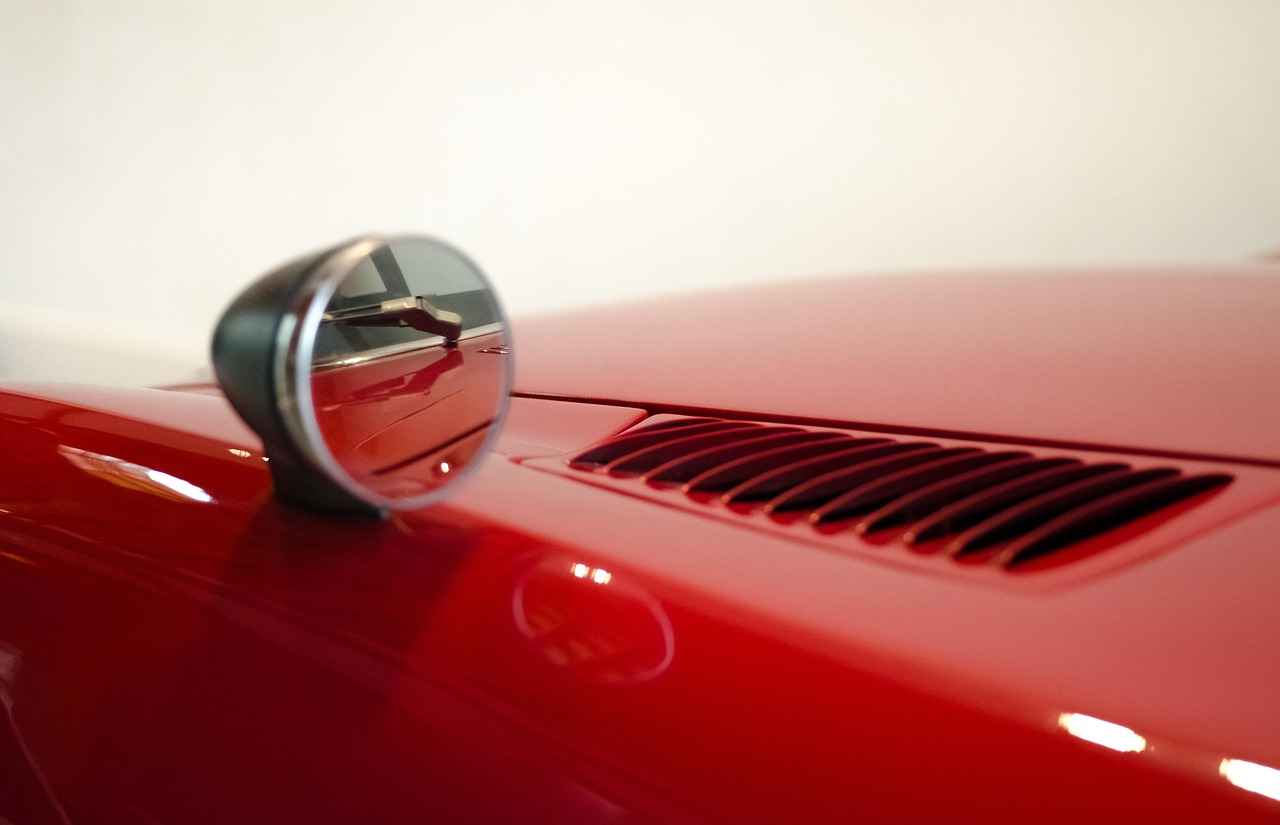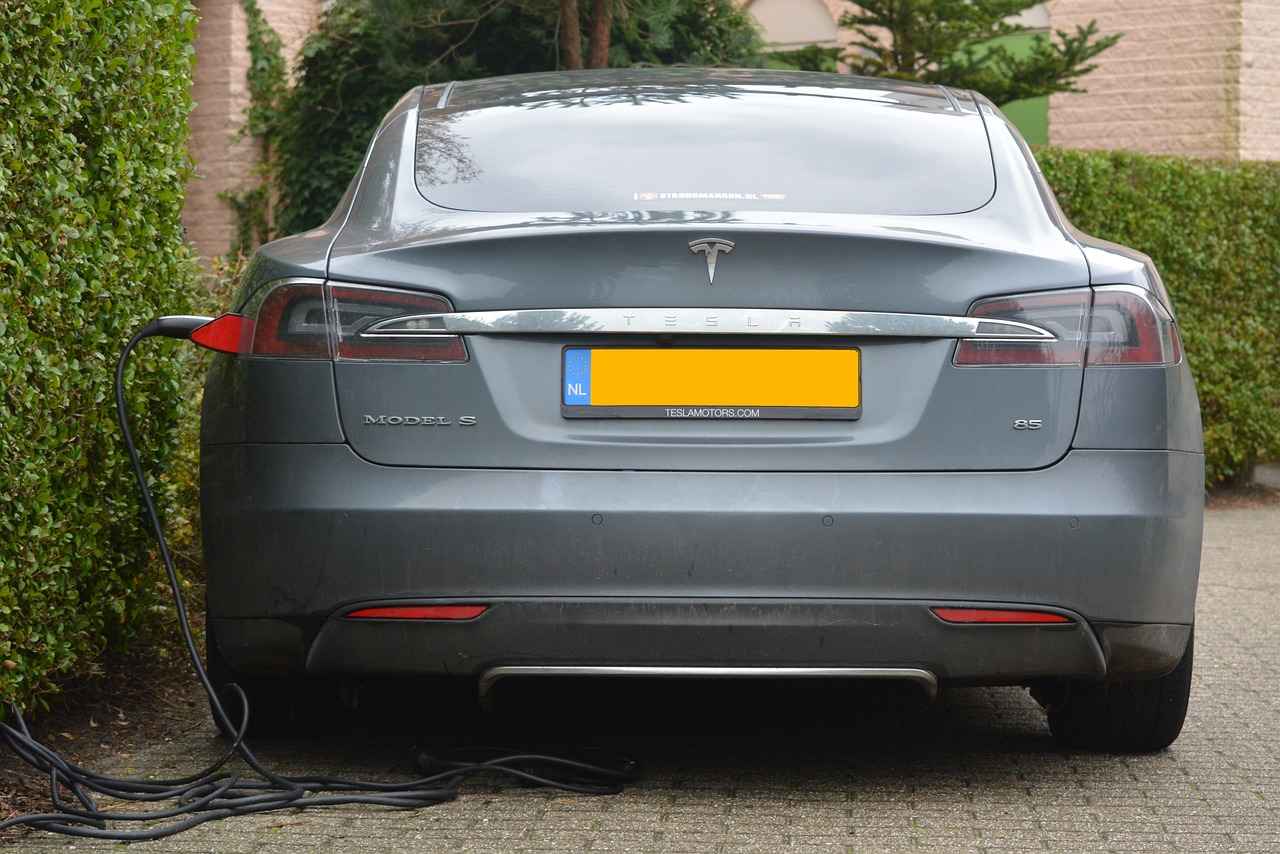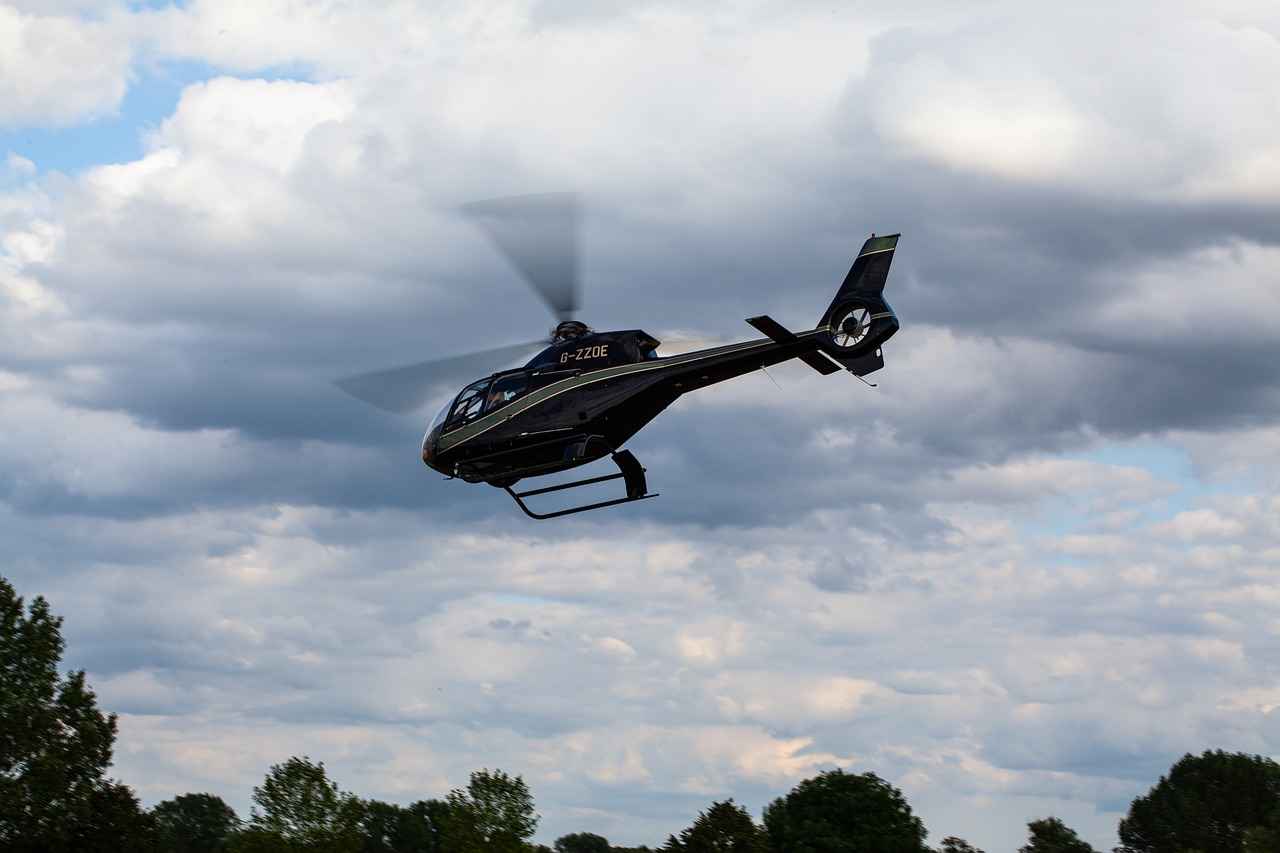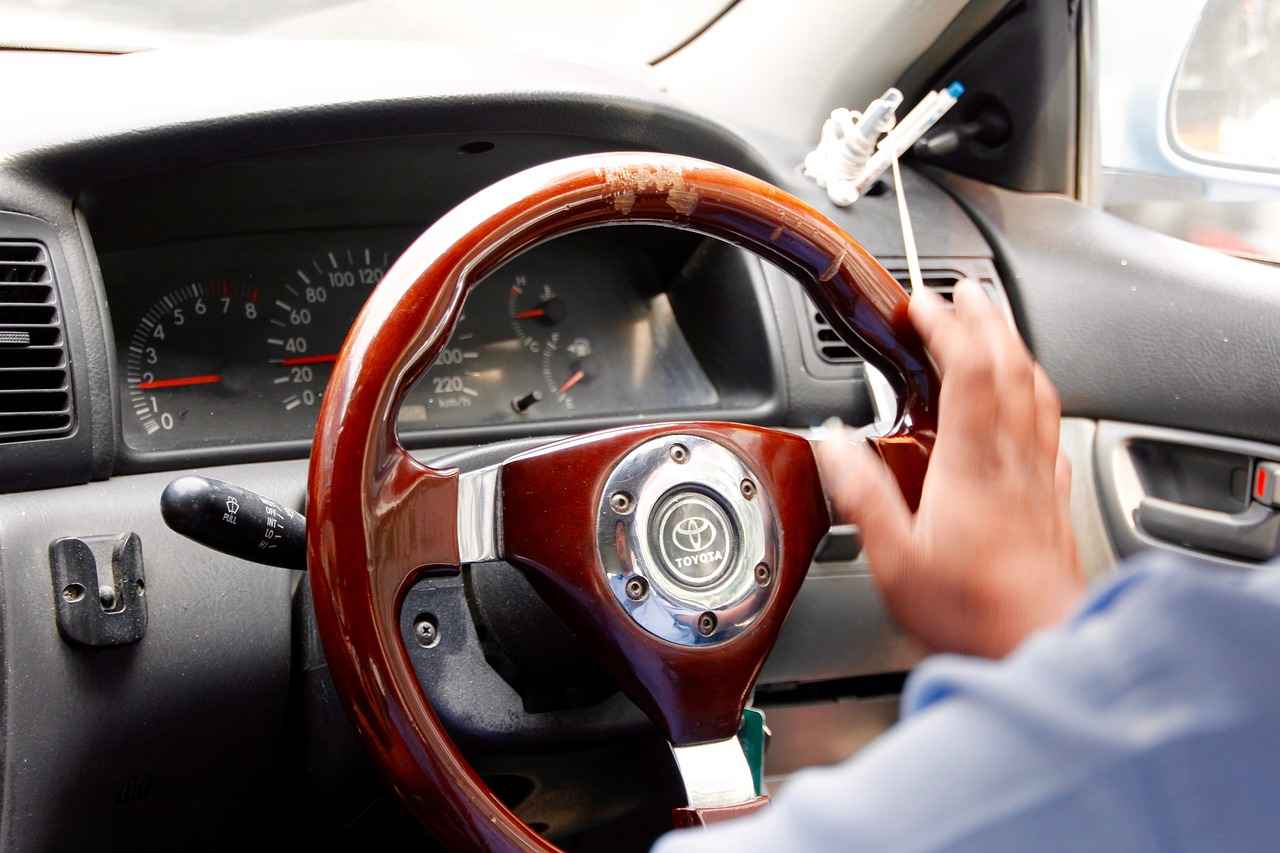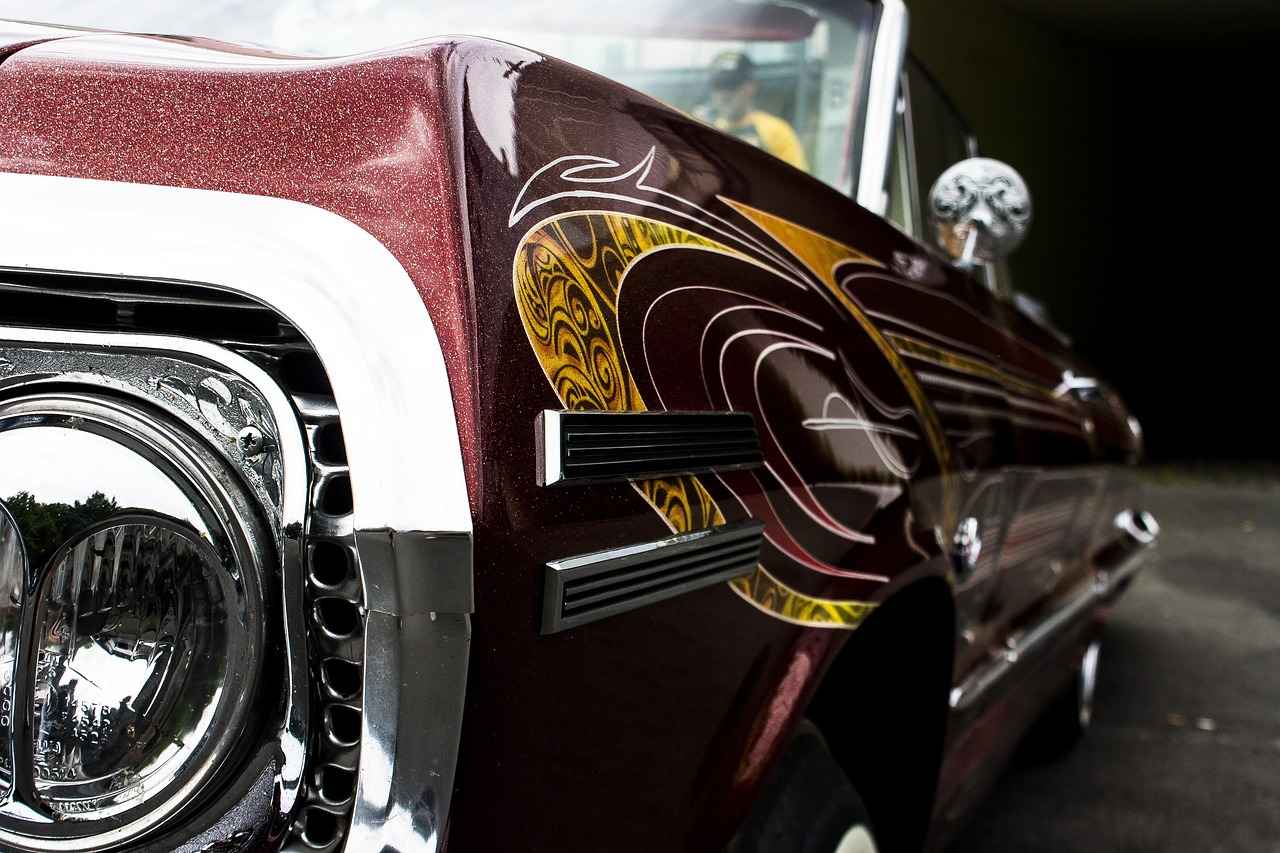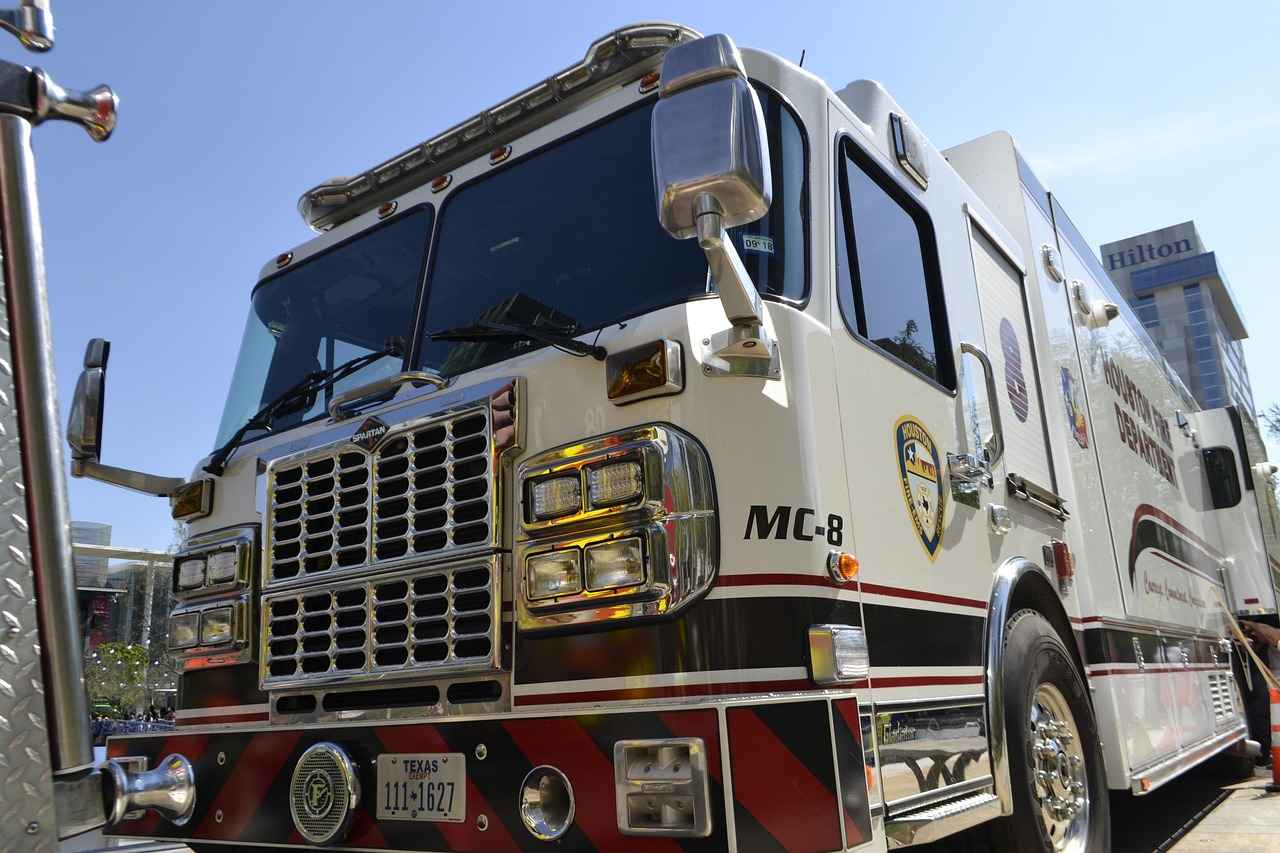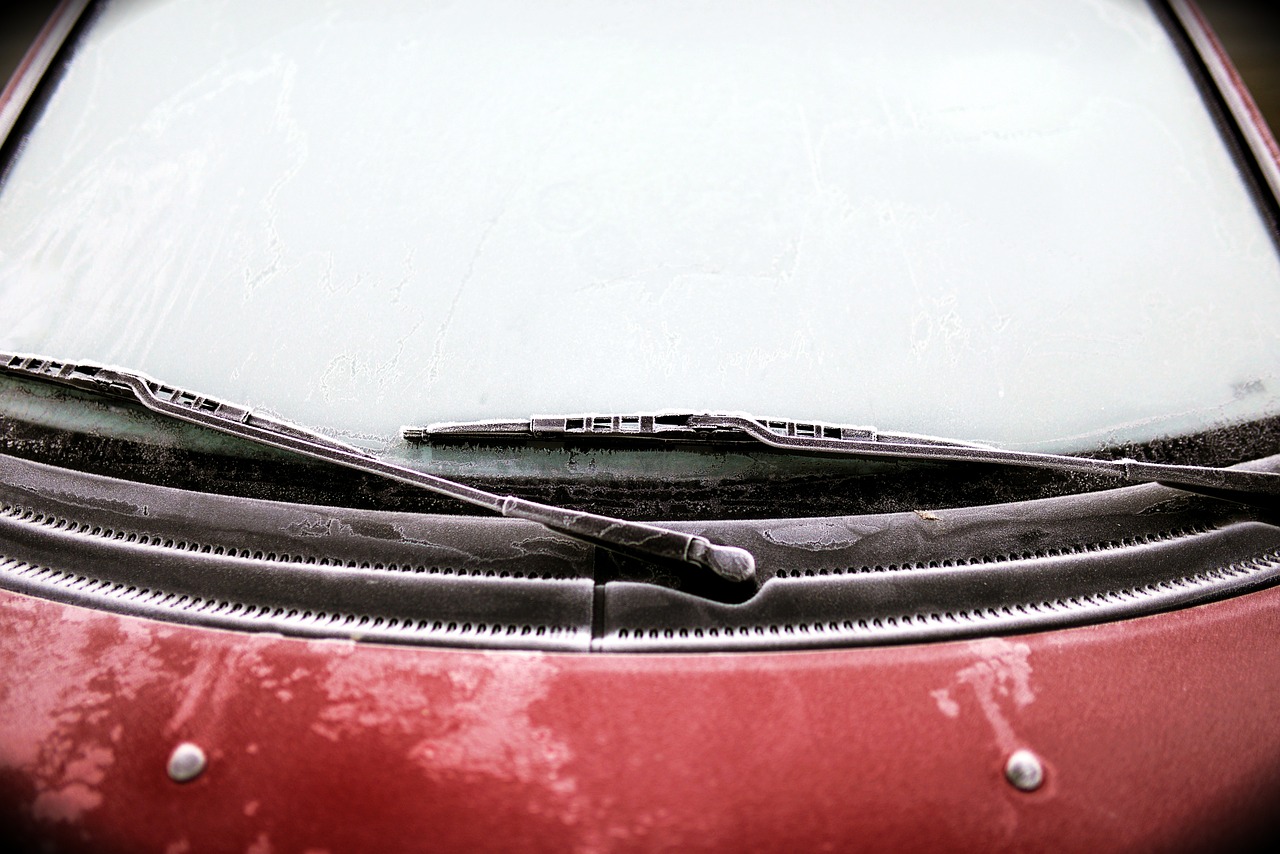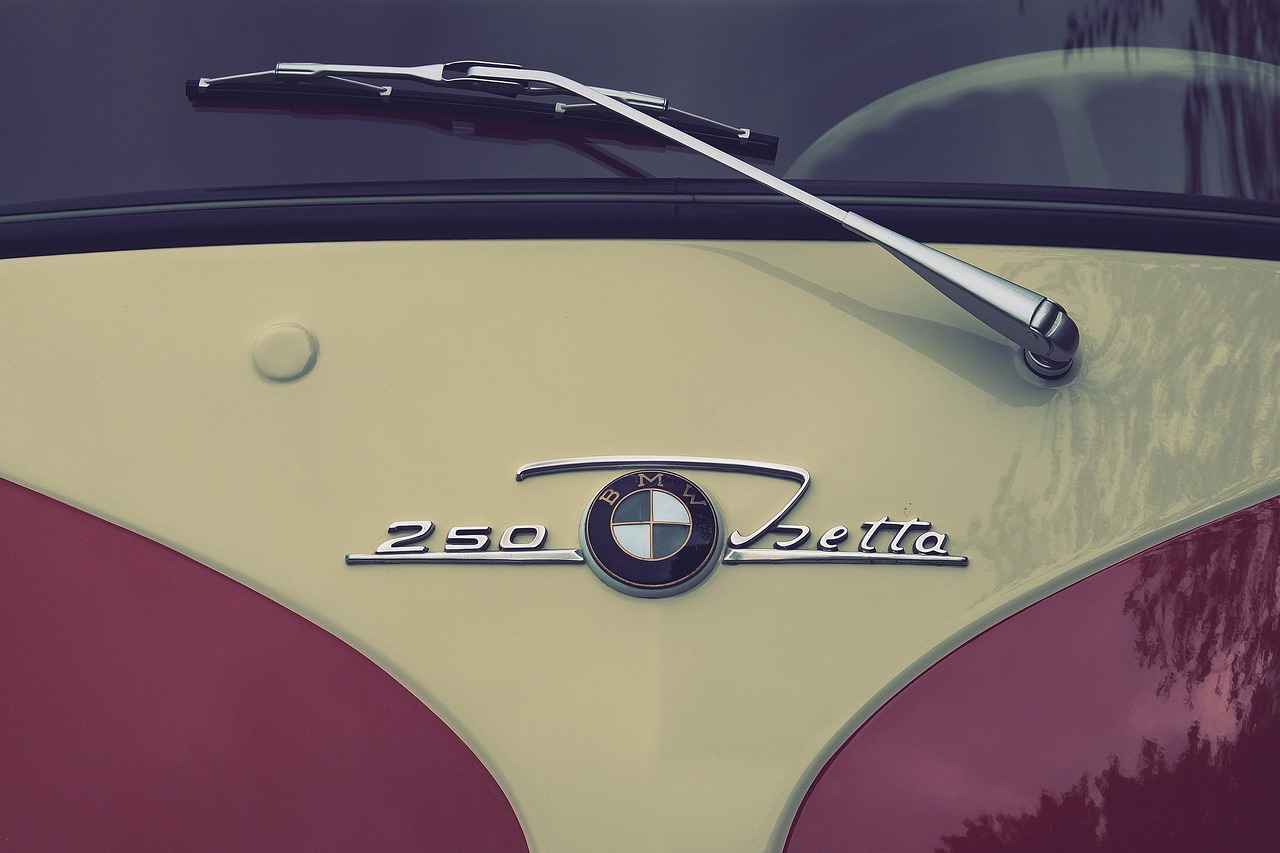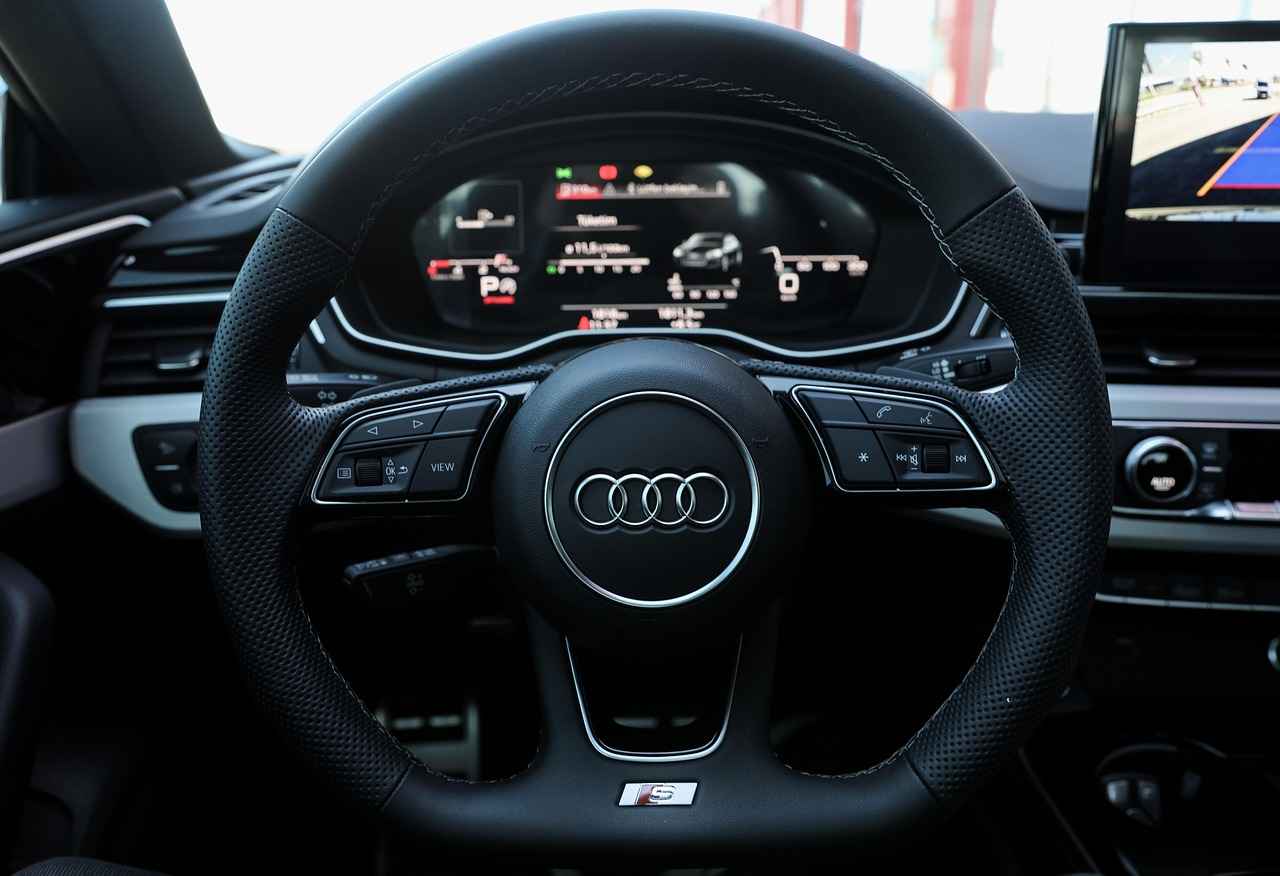This article serves as a comprehensive guide on selecting the correct size of windshield wipers for your vehicle, ensuring optimal visibility and safety while driving.
Choosing the appropriate size of windshield wipers is crucial for several reasons. The right fit enhances your driving experience by significantly improving visibility during rain or snow. Additionally, using the correct size ensures the longevity of your wiper blades, reducing the need for frequent replacements. A proper fit also minimizes the risk of damage to your windshield, which can occur if the wipers are too large or too small.
Accurate measurement of your windshield wipers is essential for selecting the perfect fit. Here’s a step-by-step process to help you measure effectively:
- Step 1: Lift the wiper arm away from the windshield.
- Step 2: Measure the blade length from end to end. This measurement will determine the correct size.
To obtain an accurate measurement, you will need:
- A measuring tape or a ruler
- A pen and paper to note down the measurements
When measuring your windshield wipers, be cautious of common mistakes:
- Confusing blade length with arm length: Only the blade length is relevant for replacement.
- Neglecting to measure both wipers: Ensure you measure both the driver and passenger side wipers, as they may differ in size.
Most vehicle owners can find the correct wiper size in their vehicle’s manual or on the manufacturer’s website. Additionally, many auto parts stores offer online tools to help you determine the right fit based on your vehicle’s make and model.
Understanding the various types of windshield wipers available can help you choose the most suitable option for your vehicle’s needs:
These are the most common type of wipers, featuring a metal frame that holds the blade in place. Conventional wipers provide effective performance in most weather conditions and are typically more affordable.
Beam wipers are designed with a sleek, aerodynamic shape that provides better contact with the windshield. This design reduces streaking and improves visibility in adverse weather conditions, making them a popular choice among drivers.
Winter wipers are specifically designed to handle heavy snow and ice. They often come with a protective cover that prevents snow and ice buildup, ensuring they function effectively in harsh winter conditions.
When selecting wiper blades, consider the following factors:
- Weather Conditions: Choose blades that are suitable for your local climate.
- Driving Habits: If you frequently drive in heavy rain or snow, invest in high-performance wipers.
- Budget: While premium blades offer better performance, there are also budget-friendly options that provide satisfactory results.
By following this guide, you can ensure that you select the correct size and type of windshield wipers for your vehicle, enhancing your safety and driving experience.
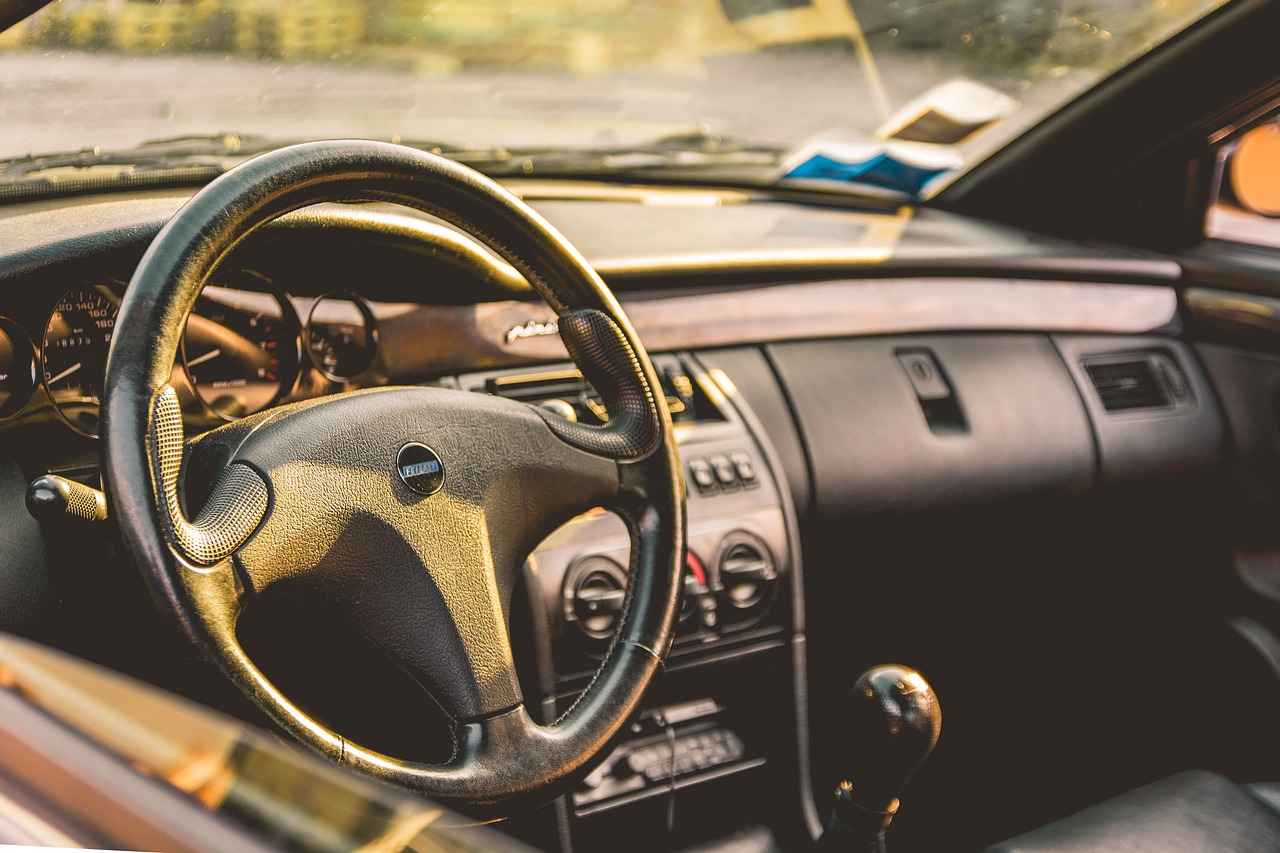
Why is Choosing the Right Windshield Wiper Size Important?
When it comes to driving, visibility is paramount, and one often-overlooked aspect of maintaining clear sightlines is the size of your windshield wipers. Choosing the right windshield wiper size is essential for several reasons that directly influence your safety and comfort on the road.
First and foremost, the correct wiper size ensures optimal visibility during adverse weather conditions. If your wipers are too short, they may not cover the entire windshield, leaving critical areas untouched and potentially obstructing your view. Conversely, if they are too long, they may extend beyond the windshield’s edges, leading to possible damage to the vehicle or ineffective wiping. Thus, selecting the appropriate size is not just about fit; it’s about enhancing your driving experience.
Moreover, using the right size contributes to the longevity of your wiper blades. Wipers that are improperly sized can wear out faster due to uneven pressure on the blades or excessive friction against the windshield. This not only leads to premature replacement but also increases the risk of streaking and smudging, which can further impair visibility. By investing time in choosing the correct size, you can save money in the long run by extending the life of your wiper blades.
Another crucial factor to consider is safety. In emergencies, having a clear view of the road can make all the difference. Whether it’s rain, snow, or dirt, your windshield wipers play a vital role in maintaining visibility. Therefore, ensuring they are the right size can be a key factor in preventing accidents caused by reduced visibility.
In addition, the right wiper size can enhance the performance of your wipers. For instance, beam wipers, which are often more aerodynamic, require precise sizing to function effectively. If they are not the correct length, their design may not allow for proper contact with the windshield, leading to inadequate wiping and poor performance. Thus, understanding the specifications for your vehicle is essential for maximizing the capabilities of your wipers.
To summarize, the importance of choosing the right windshield wiper size cannot be overstated. It affects not only your visibility and safety but also the longevity and performance of the wipers themselves. Therefore, when it comes time to replace your windshield wipers, take the necessary steps to ensure you select the correct size for your vehicle.
In conclusion, investing a little time in understanding the significance of windshield wiper sizes can profoundly impact your driving experience. By ensuring proper visibility, extending the life of your wiper blades, and enhancing overall safety, you can drive confidently in any weather condition.

How to Measure Your Windshield Wipers?
Measuring your windshield wipers accurately is crucial for selecting the perfect fit. Here’s how you can do it effectively.
Knowing how to measure your windshield wipers is essential for ensuring that you purchase the correct size for your vehicle. A proper fit not only enhances visibility during inclement weather but also extends the lifespan of your wiper blades. Below is a detailed guide to help you through the measurement process.
- Lift the Wiper Arm: Start by carefully lifting the wiper arm away from the windshield. This will give you access to the blade and make measuring easier.
- Measure the Blade Length: Using a measuring tape or a ruler, measure the length of the wiper blade from one end to the other. Make sure to measure only the rubber part and not the metal frame.
- Note the Measurement: Write down the measurement in inches or centimeters for easy reference when shopping for new wipers.
To measure your windshield wipers accurately, you will need:
- A measuring tape or a ruler for precise measurements.
- A notepad to jot down your measurements.
- Optional: A smartphone to look up wiper sizes online while you measure.
When measuring your windshield wipers, be cautious of the following common mistakes:
- Confusing the blade length with the wiper arm length. Only the blade length is relevant for replacement.
- Not measuring both wipers, as some vehicles may have different sizes for the driver and passenger sides.
- Neglecting to check for any curvature in the wiper blade, which might affect the fit.
After measuring, you can find the correct wiper size in several places:
- Your vehicle’s owner’s manual typically includes specifications for wiper sizes.
- Many manufacturers provide an online size guide on their websites, allowing you to enter your vehicle’s make and model for accurate results.
- Automotive supply stores often have reference charts for common vehicle models, helping you find the right size quickly.
Choosing the right size of windshield wipers is not just a matter of convenience; it significantly impacts your driving safety. Wipers that are too short may leave parts of your windshield uncleaned, while those that are too long can damage your vehicle. Properly sized wipers provide:
- Improved visibility during rain or snow, reducing the risk of accidents.
- Enhanced performance, ensuring that the blades make full contact with the windshield.
- Longer lifespan of the wipers, as improper sizes can lead to premature wear and tear.
By following these guidelines, you can ensure that you measure your windshield wipers accurately, leading to a safer and more enjoyable driving experience.
Step-by-Step Process for Measuring Wipers
When it comes to maintaining your vehicle, one of the essential tasks is ensuring you have the right size windshield wipers. Properly functioning wipers are crucial for clear visibility during rain or snow, which significantly impacts your safety on the road. This guide will walk you through the accurately, ensuring you choose the correct size for your vehicle.
Choosing the right size of windshield wiper blades is vital for several reasons. Incorrectly sized wipers can lead to ineffective cleaning, streaking, and even potential damage to your windshield. By measuring your wipers correctly, you can ensure optimal performance and longevity of the blades.
To measure your windshield wipers accurately, follow these steps:
- Lift the Wiper Arm: Start by lifting the wiper arm off the windshield. This will allow you to access the blade without obstruction.
- Measure the Blade Length: Using a measuring tape or a ruler, measure the length of the wiper blade from end to end. Ensure you measure the actual blade and not the arm.
- Record the Measurement: Write down the measurement you obtained. This is crucial for selecting the correct replacement size.
- Check for Variations: If your vehicle has different sizes for the driver and passenger sides, make sure to measure both blades.
- Consult Your Vehicle Manual: For additional verification, check your vehicle’s manual or the manufacturer’s website for the recommended blade sizes.
To measure your windshield wipers effectively, you will need:
- A measuring tape or a ruler
- A notepad to record measurements
- Possibly a helper, if you find it challenging to hold the wiper arm and measure simultaneously
When measuring your windshield wipers, be cautious of the following common mistakes:
- Confusing Blade and Arm Length: Only the blade length is relevant for replacement. Ensure you do not measure the arm.
- Overlooking Variations: Some vehicles have different sizes for the driver and passenger sides. Always measure both.
- Neglecting to Check the Manual: Always refer to your vehicle’s manual for manufacturer specifications to avoid errors.
Most vehicle owners can easily find the correct wiper size in their vehicle’s manual or on the manufacturer’s website. Additionally, many auto parts stores provide charts that list the compatible sizes for various makes and models.
Measuring your windshield wipers correctly is a straightforward process that can significantly enhance your vehicle’s safety and performance. By following the steps outlined above, you can ensure that you select the right size wipers, providing you with clear visibility in all driving conditions.
Tools Needed for Measurement
When it comes to replacing your vehicle’s windshield wipers, having the right tools for measurement is essential. Accurately measuring your wiper blades ensures that you select the correct size, which is vital for optimal performance and safety while driving. Below, we discuss the tools you will need for this straightforward task.
To achieve an accurate measurement of your windshield wipers, you will primarily need:
- Measuring Tape: A flexible measuring tape is ideal for measuring the length of your wiper blades. It can easily conform to the shape of the blade, allowing for precise measurements.
- Ruler: If you prefer a more rigid tool, a standard ruler will also work. Ensure it is long enough to measure the entire length of the wiper blade without any obstruction.
- Marker or Notepad: Having something to write down your measurements can help you keep track of the sizes you need, especially if you are measuring multiple wipers.
- Step Ladder: For larger vehicles or SUVs, a step ladder can provide the necessary height to reach the wipers comfortably.
Using the above tools is quite simple. Here’s a step-by-step guide:
- Lift the Wiper Arm: Start by lifting the wiper arm away from the windshield. This will give you better access to measure the blade without obstruction.
- Measure the Blade: Use your measuring tape or ruler to measure the length of the wiper blade from one end to the other. Make sure to measure in a straight line for accuracy.
- Record the Measurement: Write down the measurement immediately to avoid forgetting it. If you are measuring both the driver and passenger side wipers, note their sizes separately.
While measuring your windshield wipers may seem straightforward, there are common pitfalls to be aware of:
- Confusing Blade Length with Arm Length: Only the blade length matters for replacement. The arm length is irrelevant when selecting new wipers.
- Not Measuring in a Straight Line: Ensure that your measuring tape is straight and not sagging to get an accurate measurement.
- Ignoring Manufacturer Recommendations: Always check your vehicle’s manual or the manufacturer’s website for specific recommendations on wiper sizes, as they can vary by model.
In addition to measuring your wipers, it’s also a good idea to consult your vehicle’s manual or the manufacturer’s website. Most vehicle owners can find the recommended wiper sizes listed there, which can save you time and ensure you make the right choice.
In summary, having the right tools such as a measuring tape or a ruler is crucial for accurately measuring your windshield wipers. By following the steps outlined above and avoiding common mistakes, you can ensure that you select the correct size for optimal visibility and safety on the road.
Common Mistakes to Avoid
When it comes to replacing your windshield wipers, one of the most critical factors is ensuring that you select the correct size. Many vehicle owners mistakenly confuse the blade length with the arm length. It is essential to understand that only the measurement of the blade is relevant for replacement. The arm length serves a different purpose and does not affect the wiper’s performance.
To avoid confusion, here are some important points to consider:
- Blade Length vs. Arm Length: The blade length is the actual rubber part that makes contact with the windshield, while the arm length refers to the metal or plastic structure that holds the blade. For effective wiper replacement, focus solely on the blade length.
- Consult Your Owner’s Manual: Your vehicle’s manual typically contains the correct blade sizes for your specific model. This is a reliable source of information that can guide you in making the right choice.
- Measure Accurately: If you’re unsure about the size, measuring the blade directly is a good practice. Use a measuring tape to find the length from one end of the blade to the other, ensuring you get an accurate reading.
- Check for Compatibility: Not all wiper blades fit every vehicle. Make sure to check compatibility with your vehicle’s make and model.
In addition to avoiding confusion between blade and arm lengths, here are some common mistakes that many make when replacing their windshield wipers:
- Ignoring Wear and Tear: Always inspect your wipers for signs of wear, such as cracks or fraying. Worn blades can lead to streaks and reduced visibility.
- Neglecting Seasonal Changes: Different weather conditions may require different types of wipers. For instance, beam wipers are often better suited for snow and ice, while conventional wipers may suffice in milder climates.
- Not Replacing Both Blades: It’s advisable to replace both wipers at the same time, even if only one appears worn. This ensures uniform performance and better visibility.
By understanding the importance of measuring the blade length correctly and avoiding these common mistakes, you can enhance your driving experience significantly. Properly functioning wipers improve visibility and safety, especially in adverse weather conditions. Always remember that investing time to ensure you have the right size and type of wiper blades is essential for your safety on the road.
Where to Find Wiper Size Information
When it comes to maintaining your vehicle, ensuring that you have the correct size windshield wipers is essential for optimal visibility and safety. But where can you find this crucial information? Fortunately, most vehicle owners can easily determine the right wiper size by consulting their vehicle’s manual or visiting the manufacturer’s website. This straightforward process not only saves time but also ensures that you select the most appropriate fit for your vehicle.
Your vehicle’s manual is a valuable resource, often containing a dedicated section for wiper blade specifications. Typically, you can find the recommended wiper sizes listed under the maintenance or specifications section. Here’s how to effectively use your manual:
- Locate the Maintenance Section: Flip through the manual to find the maintenance section, which usually includes information about wiper blades.
- Look for Wiper Specifications: Within this section, you should find the sizes for both the driver and passenger side wipers, as well as the rear wiper if applicable.
If you don’t have access to your vehicle’s manual, the manufacturer’s website is another excellent option. Most manufacturers provide detailed specifications and even interactive tools to help you find the right wiper size:
- Search by Vehicle Model: Enter your vehicle make, model, and year into the search tool to retrieve the correct wiper sizes.
- Access Product Listings: Many manufacturers also list compatible wiper blades under their product sections, allowing you to see available options.
In addition to official resources, numerous online retailers offer wiper size guides. These guides can be beneficial for comparing various brands and types of wipers:
- Wiper Size Lookup Tools: Websites like AutoZone and Advance Auto Parts provide user-friendly tools where you can input your vehicle details to find suitable wipers.
- Customer Reviews and Recommendations: Reading customer reviews can also help you gauge the performance of different wiper brands and models.
If you prefer a hands-on approach, visiting an auto parts store can be highly effective. Store employees are typically knowledgeable and can assist you in finding the correct wiper size:
- Bring Your Vehicle Information: Having your vehicle’s make, model, and year handy will help the staff assist you more efficiently.
- Check for Display Models: Many stores have wiper sizes displayed, allowing you to visually confirm the fit.
In conclusion, finding the right windshield wiper size is essential for maintaining clear visibility during inclement weather. By utilizing your vehicle’s manual, visiting the manufacturer’s website, consulting online retailers, or seeking in-store assistance, you can ensure that you select the appropriate wiper blades for your vehicle. Making the right choice not only enhances your driving experience but also contributes to your safety on the road.

What Are the Different Types of Windshield Wipers?
When it comes to maintaining your vehicle, windshield wipers play a crucial role in ensuring clear visibility during adverse weather conditions. Understanding the various types of windshield wipers available can help you choose the most suitable option for your vehicle’s needs. This guide delves into the different types of windshield wipers, their unique features, and how they can enhance your driving experience.
Choosing the right type of windshield wiper is essential for optimal performance. Here are the main types:
- Conventional Wipers:
These are the traditional wipers that feature a metal frame holding the rubber blade. They are widely used due to their affordability and effectiveness. Conventional wipers are suitable for most weather conditions, making them a popular choice among vehicle owners.
- Beam Wipers:
Beam wipers have a more modern design, featuring a flexible frame that conforms to the curve of the windshield. This design reduces streaking and enhances visibility during rain or snow. The aerodynamic shape also minimizes wind lift at high speeds, making them ideal for drivers who often travel on highways.
- Hybrid Wipers:
Combining the best features of conventional and beam wipers, hybrid wipers have a sturdy frame with a sleek cover. This design helps protect the blade from debris while providing excellent contact with the windshield. Hybrid wipers are perfect for those seeking a balance between performance and durability.
- Winter Wipers:
Specifically designed for harsh winter conditions, these wipers usually come with a heavier rubber blade that prevents ice and snow buildup. Winter wipers are built to withstand extreme temperatures and are essential for regions that experience heavy snowfall.
When selecting windshield wipers, consider the following factors:
- Weather Conditions: If you live in an area with heavy rain or snow, opt for beam or winter wipers for better performance.
- Vehicle Type: Ensure that the wipers are compatible with your vehicle’s make and model. Refer to the owner’s manual for specific recommendations.
- Blade Length: Measure your existing wipers or check the manual to find the correct blade length for optimal coverage.
Proper maintenance can prolong the lifespan of your windshield wipers:
- Regular Cleaning: Clean the wiper blades with a soft cloth and a mild detergent to remove dirt and debris.
- Inspect for Damage: Check for cracks or tears in the rubber blades regularly. Replace them if you notice any wear and tear.
- Use Proper Washer Fluid: Ensure that your windshield washer fluid is suitable for your climate to prevent freezing and enhance cleaning efficiency.
By understanding the different types of windshield wipers and their features, you can make an informed decision that enhances your driving safety and comfort. Whether you opt for conventional, beam, hybrid, or winter wipers, ensuring that they are suitable for your specific needs will ultimately lead to a better driving experience.
Conventional Wipers
When it comes to maintaining your vehicle, one of the most essential components for ensuring safety and visibility is the windshield wiper system. Among the various types of wipers available, stand out as a reliable choice for many drivers. These wipers are characterized by their traditional design, which includes a metal frame that securely holds the blade in place. This construction allows them to perform effectively in a variety of weather conditions, making them a popular option for everyday use.
One of the primary advantages of conventional wipers is their affordability. They are generally less expensive than their more advanced counterparts, such as beam wipers. This cost-effectiveness makes them an attractive option for those looking to replace worn-out wipers without breaking the bank.
Conventional wipers are designed to provide effective performance in most weather scenarios. The metal frame allows for a stable connection to the windshield, ensuring that the blades maintain contact even during heavy rain or snow. However, while they perform well in many conditions, it’s essential to note that they may not be as effective as beam wipers in extreme weather, especially when it comes to preventing streaks.
Yes, one of the appealing features of conventional wipers is their ease of installation. Most models come with a simple hook or clip mechanism that allows for quick and straightforward attachment to the wiper arm. This means that you can often replace your wipers without needing professional assistance, saving both time and money.
- Regular Cleaning: Keep the blades clean from dirt and debris to enhance their performance.
- Inspect for Wear: Check the rubber blades regularly for signs of wear or damage.
- Replace as Needed: It’s advisable to replace your wipers every six months to a year, depending on usage and weather conditions.
Conventional wipers can be found in various places, including auto parts stores, online retailers, and even some big-box stores. When purchasing, ensure that you have the correct size for your vehicle, as this is crucial for optimal performance.
In summary, conventional wipers offer a blend of affordability, reliable performance, and ease of installation, making them a popular choice among drivers. By understanding their features and maintenance needs, you can ensure that your windshield wipers provide the visibility and safety you require while driving.
Beam Wipers
When it comes to ensuring clear visibility during adverse weather conditions, stand out as a superior choice. Their innovative design, characterized by a sleek and aerodynamic shape, allows for enhanced contact with the windshield surface. This feature is crucial as it significantly reduces streaking, which can obstruct your view while driving.
Unlike traditional wipers, beam wipers are engineered to conform to the curvature of the windshield. This adaptability ensures that the entire blade makes consistent contact, providing a more effective wiping action. As a result, drivers experience improved visibility, especially during heavy rain or snow.
One of the primary differences between beam wipers and conventional wipers is the absence of a metal frame. This design eliminates the possibility of rust and wear, contributing to a longer lifespan. Moreover, the flexible structure of beam wipers allows them to apply uniform pressure across the entire blade length, ensuring optimal performance.
Yes, beam wipers are particularly effective in various weather conditions. Their ability to maintain contact with the windshield means they can efficiently clear away rain, snow, and even ice. This feature is essential for maintaining safety on the road, as reduced visibility can lead to hazardous driving situations.
Selecting the appropriate size of beam wipers is critical for achieving the best performance. Here are some tips:
- Check Your Vehicle Manual: Most manuals provide specific sizes for wiper blades.
- Measure Your Existing Wipers: If you’re replacing old wipers, measure the blade length from end to end.
- Consult Online Resources: Many automotive websites offer wiper size lookup tools based on your vehicle’s make and model.
Investing in beam wipers comes with several advantages:
- Enhanced Visibility: Their design minimizes streaks, ensuring a clear view.
- Durability: With no metal components, they resist wear and tear.
- Easy Installation: Many beam wipers feature a simple clip-on design for hassle-free replacement.
Absolutely! Beam wipers are versatile enough to be used throughout the year. They perform exceptionally well in both summer and winter conditions, making them a reliable choice for all seasons. Their ability to handle heavy rain and snow without compromising performance makes them a favorite among drivers who prioritize safety.
To prolong the life of your beam wipers, consider these maintenance tips:
- Regular Cleaning: Keep the wiper blades clean to prevent dirt buildup that can cause streaking.
- Inspect for Damage: Regularly check for any signs of wear or damage, and replace them as needed.
- Use Windshield Washer Fluid: Ensure your washer fluid is topped up to maintain optimal visibility.
In summary, beam wipers offer numerous benefits, including enhanced visibility and durability, making them an excellent choice for drivers seeking reliable performance. By understanding their unique features and maintenance needs, you can ensure that your wipers serve you well throughout the year.
Frequently Asked Questions
- How do I know what size wipers I need?
You can find the correct size of windshield wipers by checking your vehicle’s manual or visiting the manufacturer’s website. Additionally, measuring your current wipers can give you a precise size.
- Can I use different sizes for my windshield wipers?
It’s not recommended to use different sizes for your windshield wipers. Using mismatched sizes can lead to uneven wiping and reduced visibility, which compromises safety.
- What are the benefits of beam wipers over conventional wipers?
Beam wipers have a sleek design that allows for better contact with the windshield, reducing streaks and improving visibility in harsh weather. They also tend to last longer due to their more durable construction.
- How often should I replace my windshield wipers?
It’s a good idea to replace your windshield wipers every six months to a year, depending on usage and weather conditions. If you notice streaks or skipping, it’s definitely time for a change!
- Is it difficult to install new wipers myself?
Not at all! Most windshield wipers come with easy-to-follow instructions, and you can usually install them in just a few minutes without any special tools.

